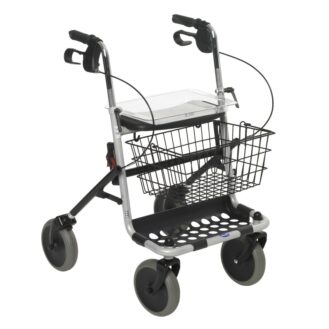A rehabilitation system is for medical use and allows patients to perform motor or cognitive exercises to develop or restore certain functions, such as gait, balance, limb mobility, grip strength, focus, memory, etc.

A rehabilitation system is for medical use and allows patients to perform motor or cognitive exercises to develop or restore certain functions, such as gait, balance, limb mobility, grip strength, focus, memory, etc.
Rehabilitation systems are mainly used for patients who have had a stroke, spinal injuries or trauma, neuralgia and/or joint pain, and muscular atrophy caused by neurodegenerative disease.

Gloreha robotic hand rehabilitation device
Rehabilitation systems are designed to improve or restore certain motor and cognitive functions. Here are some of the applications of this equipment:

Reha Technology gait rehabilitation system
Rehabilitation systems can be manual, robotic, computer-assisted, or a combination of these technologies.

Hocoma pediatric rehabilitation system
Virtual or augmented reality systems designed for rehabilitation purposes are increasingly appearing. Below we highlight the main advantages and disadvantages of this type of technology.

Tyromotion virtual rehabilitation system


